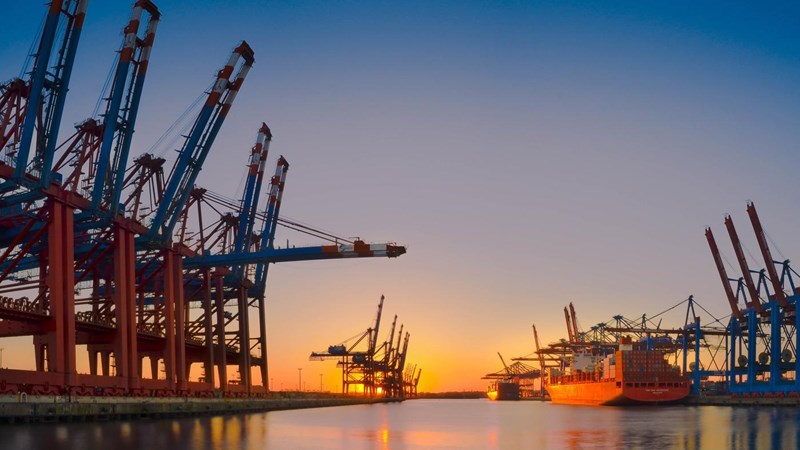How to tackle the Permian's water woes
Why water poses a significant risk to Permian tight oil growth
1 minute read
Water management is quickly becoming one of the most significant risks to Permian tight oil growth.
As Permian wells pump out more oil, waste water disposal volumes are expected to double by 2021, with potentially serious consequences if not carefully controlled. The issue is becoming increasingly costly to manage as simple solutions are exhausted.
With water infrastructure nearing peak capacity, how can producers cap costs and minimise operational risks?
Upstream Consulting Director Matthias Bloennigen outlines the three main challenges posed by the rising tide of increasing water volumes in the Permian.
Each lower 48 basin faces unique water challenges that must be addressed to ensure ongoing economic production.
What role do midstream companies play in addressing water issues?
Midstream companies are well placed to tackle water management challenges and have a crucial role to play. These companies are able to link multiple operator positions and offer economies of scale.
Companies that can provide effective solutions to the water problem are hot property in the Permian, and we’ve already seen over $1 billion in the M&A market for water infrastructure. Matthias explains why we should expect more deals in the Permian water management space in the near future.
Our new multi-client study “Hell or high water? Will water be the next bottleneck in the Permian Basin?” examines the outlook for Permian wells as volumes of produced water continue to soar. Fill out the form to find out more about this study.
Get in touch
Whether you’re developing a water management strategy, in the midst of midstream transactions or exploring acquisitions and divestitures in the Permian, we are here to help.

upstream - onshore






